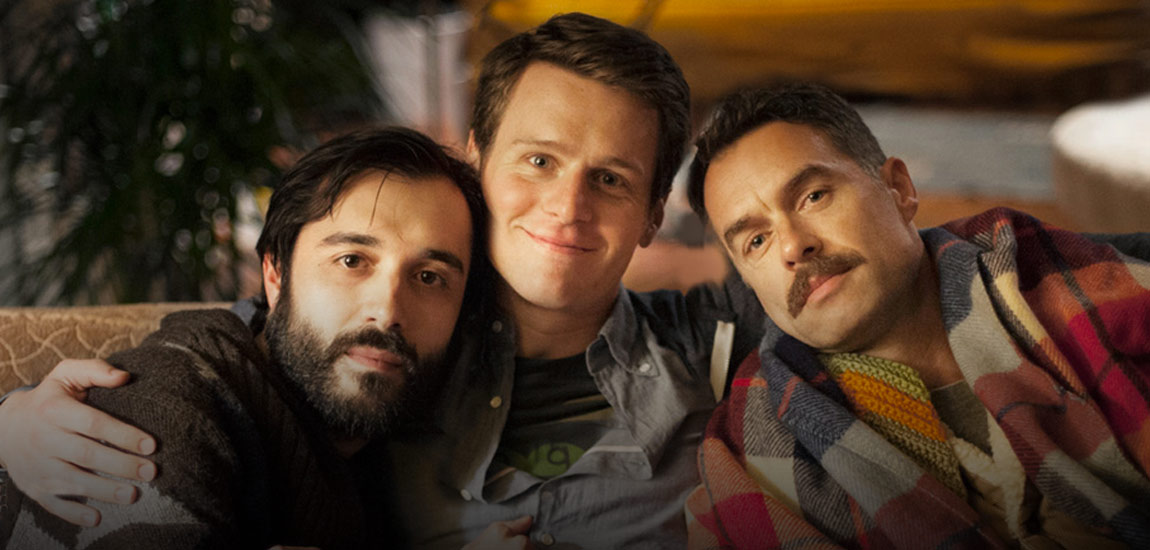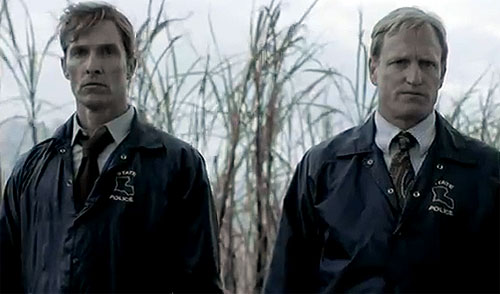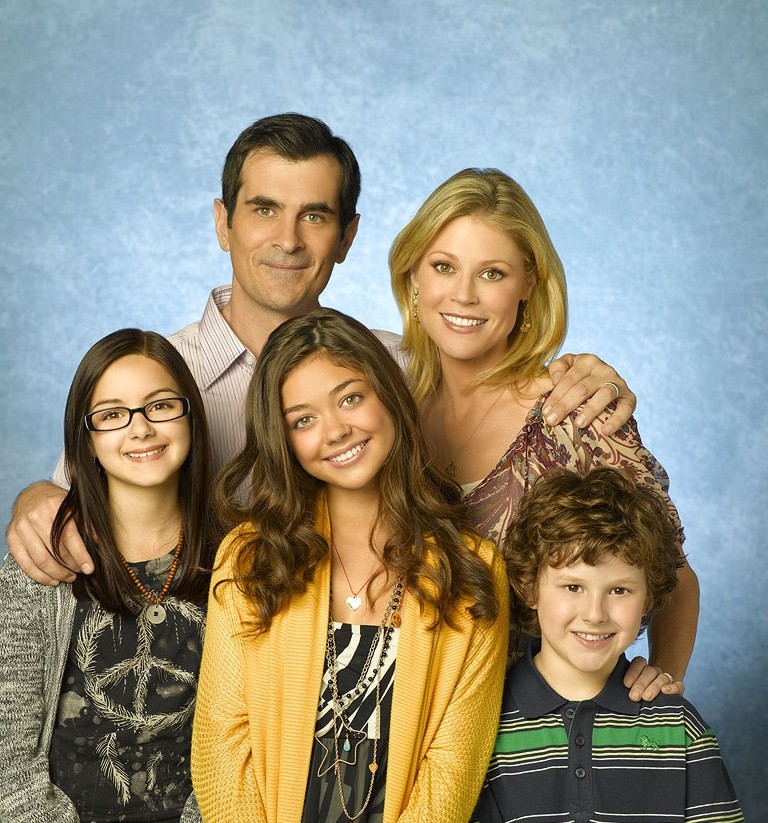This time of year, I’m usually scrambling to find ten movies that stand out from the year’s viewing as my favorites. This year, on the other hand, the choice has been quite difficult.
Remember the ground rules? These are not what I consider the ten “best” movies of the year but, rather, they are my favorites among those I’ve seen.
In alphabetical order:
Before Midnight — Talking is about revealing, sharing, and binding together for Jessie (Ethan Hawke) and Celine (Julie Delpy). We watch them fall in love over and over again in ways that loom large and small, but this time there are undercurrents of what is not spoken, and therein reside the tensions that are played out in the first two films in terms of time and distance and played out this time by holding back in Before Midnight. Eventually, circumstances and events drive Jesse and Celine to a hard conversation that they have needed to engage in for a long while but have not found time for amid their complicated daily routines. After sunrise then sunset, reality sets in, but that doesn’t mean the opportunity for enduring passion and love need disappear overnight. This third installment by Richard Linklater exploring Jessie and Celine’s love story makes me hope for a fourth.
Blue is the Warmest Color — To be fair, the film is frank – sexually and emotionally – and that means it is not for everyone. But, the film is also a remarkable merger of director and actors, so much so that the top prize at Cannes was awarded (for the first time) to director Abdellatif Kechiche and to actors Adèle Exarchopoulos (Adèle) and Léa Seydoux (Emma). Over three hours, we watch Adèle transform from a French high school student who likes to read and wants to be a teacher into a young woman who has grappled with her sexuality, fallen in love, and suffered a heartbreak that marks her transition into independent adulthood. The film is a visual and emotional triumph.
Don Jon — Joseph Gordon-Levitt wrote, directed, and stars in the film and makes an important statement about the dehumanizing and individualistic influences of porn. I think this is a particularly powerful film because the “argument” is embedded into the narrative and comes from the unified creative perspective of a man (a smart, funny, talented, and sensitive man). The cast – Gordon-Levitt, Scarlett Johansson, Julianne Moore, Tony Danza, and Glenne Headley in major roles – is perfect. The film is remarkably bold and ultimately nuanced, yet it coheres nicely. Don Jon’s union of form and content with vividly competing emotional tones over the course of the film draws a striking contrast that reveals in a compelling way what a steady diet of porn (and, in what turns out to be an equal opportunity indictment, schlocky romantic comedies) does to reorganize our thinking (and actions) in damaging ways.
Fruitvale Station – What a dazzling narrative feature debut for writer-director Ryan Coogler and a terrific performance by Michael B. Jordan in the main role. This is a pared down, realistic narrative based on the true story of Oscar Grant, a 22-year-old man who was murdered by a police officer in the Fuitvale Station of the BART (Bay Area Rapid Transit) during New Year’s Eve festivities as 2008 transitioned into 2009. It’s a true story, so this is not a spoiler, and even if it is (for a particular reader), knowing what is coming only intensifies the experience of watching what comes before. The film is nuanced and even graceful within its slice of life style that unfolds gently and realistically. Just thinking of it all, I am again heartbroken.
Her — Her, written and directed solely by Spike Jonze, is only going to enhance his already coveted reputation. Sometime in the not too distant future, a vulnerable writer who makes his living penning letters for hire falls in love with his new operating system. Theodore (Joaquin Phoenix) and Samantha (Scarlett Johansson) may not be such an unlikely couple, but naturally reality eventually catches up with Theodore. The film is marked by exciting production design with terrific use of color and style, beautiful yet understated cinematography, terrific performances all around, important ideas, and incredibly good writing. But, more than that, some insights into the human condition touch me in a way that feels very authentic, suggests so very much more than the few words uttered, and draws me into these characters and the situations.
Mud — Mud has a star-studded cast with Matthew McConaughey in the title role supported by Reese Witherspoon, Sam Shephard, Michael Shannon, and familiar faces like Joe Don Baker, Sarah Paulson, Ray McKinnon, and Paul Sparks. But, it is newcomers Tye Sheridan and Jacob Lofland playing two young teens who anchor the story; they are perfectly cast, their characters are well-written, and writer-director Jeff Nichols knows how to make the most of them on screen. On the surface, the story is simple. Two boys from rural Arkansas find a boat lodged in a tree after a previous flood and soon after encounter a fugitive. They decide to help Mud (McConaughey) because it is love that has driven him on the lam from the law, and Ellis (Sheridan) is drawn in by that because of his own experiences with first love set against the unraveling of his parents’ marriage. Love drives everything that happens in the film, but the individual stories fit together perfectly to support the plot in ways that are subtle and beautifully rendered.
Nebraska — I have a lot of respect and admiration for Alexander Payne, and I’m happy to add Nebraska to my list of his best films, a list that also includes Election and Sideways. The storyline is simple. An old man receives a notice that he has won a million dollar sweepstakes prize, and everyone laughs at his foolishness except his younger son. Woody Grant (Bruce Dern) is not particularly likeable, frequently confused, and an alcoholic. His wife Kate (June Squibb) and older son Ross (Bob Odenkirk) criticize the cantankerous old man, who keeps leaving home to walk to Lincoln, Nebraska to claim his prize. Younger son David (Will Forte) takes stock of his own modest life and disappointments, listens to his father, and decides to take Woody to the sweepstakes headquarters. The journey includes an unexpected side trip to Woody’s hometown and a reconsideration of the past that is revealing and inspires David to continue to give his father attention and dignity. What unfolds in this film is a delicate and powerful from of storytelling that is revealed through the interplay of characters so well-written and performed with such truth that the lessons emerging from the narrative are as close to universal and timeless as I am prepared to acknowledge may exist.
Stories We Tell – Sarah Polley’s remarkable documentary explores truth, memory, and family secrets with Polley mainly behind the camera interviewing family members and a few close friends and colleagues of her late mother. What is most extraordinary about the film is not the stories they tell – though some of them are a bit eye-opening – but the way Polley pieces, paces, and crafts them into a glorious whole that is so much more than the sum of the film’s many parts. The pacing of the film and balancing of the various stories is carefully calibrated to give each participant just the right amount of screen time at just the right point in the telling of the overarching story to speak to the larger truths of the situation. And – with incredible nuance and skill – this unfolding reveals Polley’s own emotional arc as a character and establishes her own set of complex and evolving emotions about the stories she hears. Seldom is it I have seen a film that so skillfully adapts forms and conventions to serve the needs of the story at hand. Stories We Tell is original, accomplished, and engaging.
The Grandmaster — Life has four seasons. That is one of the themes cutting through Wong Kar-wai’s majestic and masterful film about martial arts master Ip Man (the teacher who trained Bruce Lee), and the film is one of the most poetic I’ve seen in years. There are three things about this movie that appeal to me on a very deep level, and none of them have anything to do with martial arts. First, this is a bold, feminist statement. Enough said. Second, this is one of the most romantic films I’ve seen in years. Perhaps it is the most romantic (in at least a couple senses of the word) film I’ve seen since The Secret In Their Eyes. Love (and all of its mysteries) fascinates and confounds me, but there is more to the characters in this film and their connections than can be rightly said. This, to me, is an example of how cinema can, at times, transcend other art forms by going beyond the spaces controlled by words alone or by images alone. Third, there is the form. I have a predilection for the spare and understated in cinema, but there are exceptions, films of such formal accomplishment that they go beyond and go deeper so that the power, precision, and indelible beauty of these rare films is undeniable.
12 Years a Slave — Director Steve McQueen, a black man who grew up in London with ancestors from Grenada and Trinidad, has delivered the most compelling, emotionally complex, and aesthetically authentic film about slavery in the American South that I have ever seen, and he tells the story in ways that border, at times, on the experimental without the fillips and flourishes that mark, yet undermine, so many Hollywood films. On the surface, the story is simple and told in a straightforward way, but there are layers and layers of meaning and nuance and small details that make the film extraordinarily rich for interpretation and striking in terms of the relationships and patterns of power that are revealed. And, McQueen does so with images that are simultaneously searing and subtle, as in the contrast between the brutality of the whip and the simplicity of a bar of soap. From misguided paternalism to the complicity (or more) of white women to sexual exploitation to making the “other” alternately exotic and bestial (but always less) to the vilest acts of cruelty, this film focuses on one story but suggests the expansiveness of the system of slavery and conveys the power of the culture and traditions that fixed it in place in the American South. It is not surprising, given his work on Hunger and Shame, that Steve McQueen has the insight and the talent to explore and expose the darkest and most painful dimensions of the human psyche and behavior and that he does so with brilliance in this film.
Other contenders include: Behind the Candelabra (terrific all around), Blackfish (powerful and important), Broken Circle Breakdown (dynamic and heartbreaking), Frances Ha (charming and authentic), Philomena (conventional but so well-crafted), The Act of Killing (extraordinary film), The Butler (beautiful depiction of how differently African Americans have had to hide their authentic selves and, for survival, had to present a different, public persona in the white world), and 20 Feet From Stardom (entertaining and informative).
It’s been a very strong year for films. Here’s to hoping 2014 will be the same!





